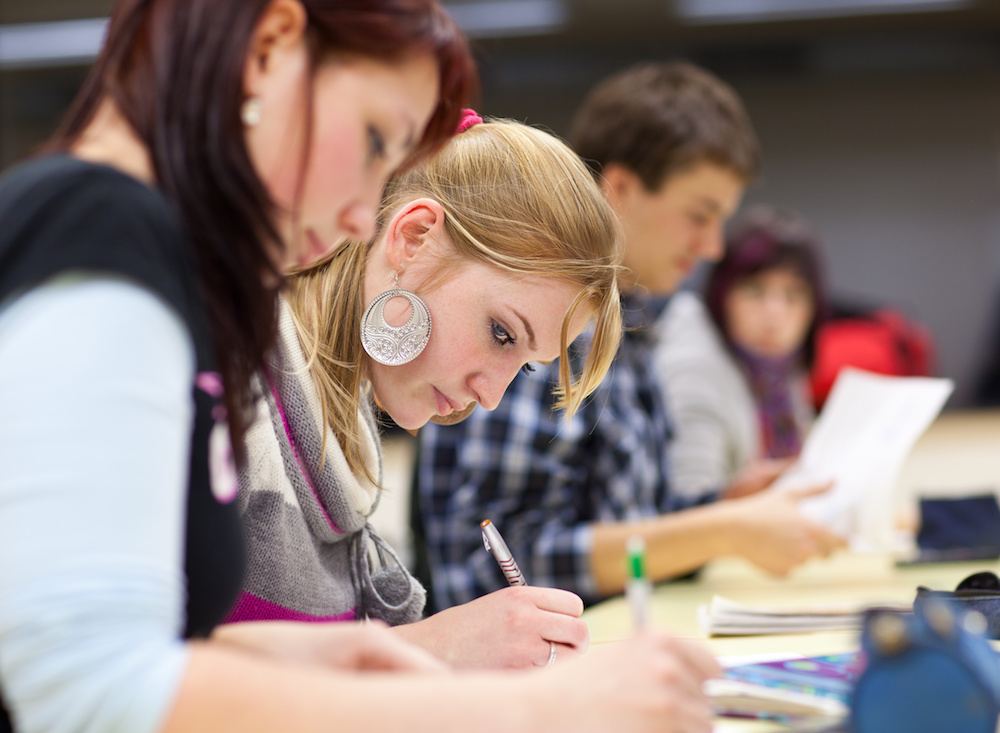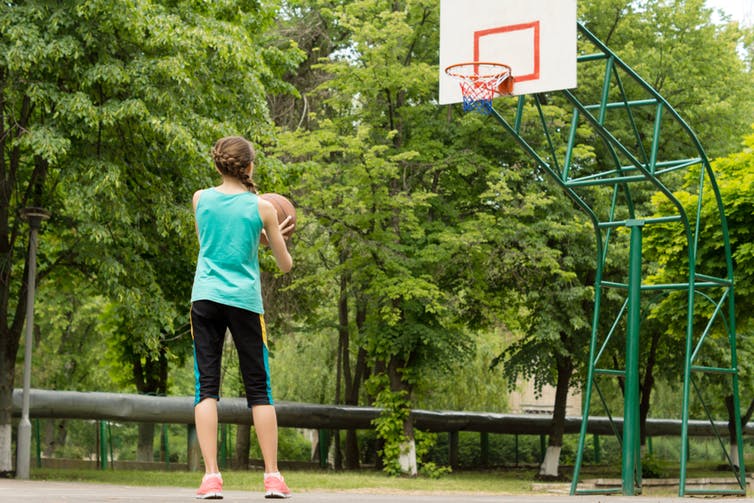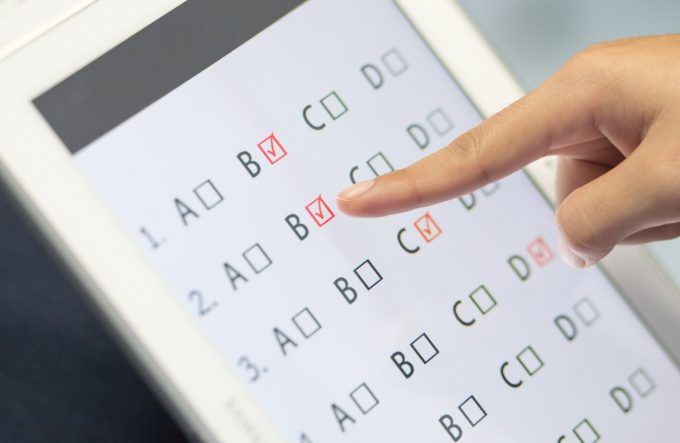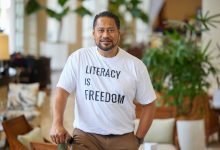2024: A year of writing competitions for your students to enter
Across the country, there are dozens of opportunities for young writers to hone their craft each year. We list some of the national competitions offered in the next 12 months…
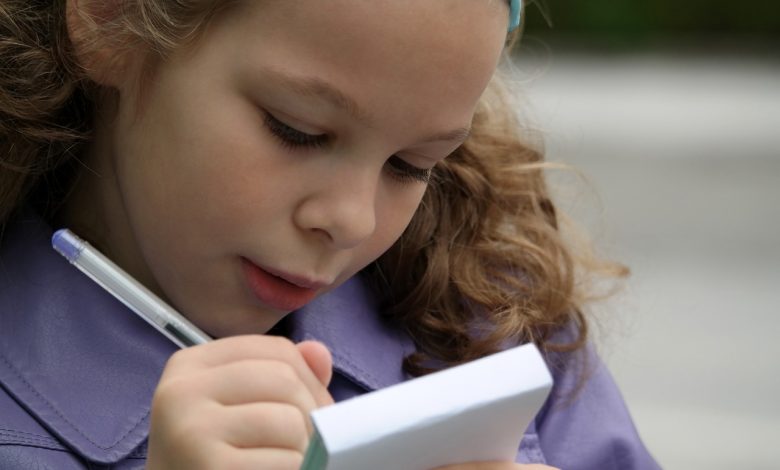
Please note competitions are listed by the approximate closing date.
Read the latest print edition of School News HERE
July
Hachette Australia Prize for Young Writers
An annual competition open to secondary students across Australia, the Hachette Prize has three categories (fiction, creative non-fiction and poetry) and gives shortlisted entries a chance to be mentored by an established author plus publication online and an acknowledgement in Voiceworks, Australia’s premier youth literary journal and prize money for the winner.
Entries close on July 31, 2024.
The next round is due to open May 2025.
More info: Hachette Australia Prize for Young Writers — EXPRESS MEDIA
August
Best Australian Yarn
Students over the age of 12 are invited to be a part of the world’s richest short story competition, sponsored by the West Australian.
Entries for the 2024 competition close on August 12, 2024 and there are multiple categories including short story and comics and sub-categories for winners including First Nations and regional writers. Stories up to 2,500 words are accepted.
More info: The Best Australian Yarn 2024
Kill Your Darling School Writing Prize
Designed to fit within the school workload, the KYD prize is open to secondary school students with submissions between 1,000 and 1,500 words. They can be works of fiction in any genre or non-fiction (memoir, narrative non-fiction, essays).
Supported by the literary journal Kill Your Darlings, entries for the 2024 competition close on August 23, 2024 and prizes include a cash prize and publication in the journal.
More info: The 2024 KYD School Writing Prize is Now Open! — Kill Your Darlings
September
Heywire Competition
Open to youth aged between 16 and 22, Heywire is a lived experience storytelling competition for students living in remote, regional and rural Australia (ie anywhere but Adelaide, Brisbane, Melbourne, Perth or Sydney). Supported by the ABC, entries must be a true story about an aspect of your life for people aged 16 to 22 years, and can be in any format: text, video or audio. Winners will have their story professionally produced by the ABC and have an all-expenses paid trip to the Heywire Regional Youth Summit in Canberra.
Entries are now open and close on 1 September, 2024.
More info: Competition – ABC Heywire
KSP Short Fiction Competition – Youth Category
Held annually by the Katharine Susannah Prichard Writers’ Centre in the hills of Perth, the Short Fiction Competition has a youth category open to students ages 10 to 17 years from across the country. It is free to enter and there are cash prizes.
The 2024 round is open now and closes 6 September, 2024.
More info: Katharine Susannah Prichard Writers’ Centre (kspwriterscentre.com)
The New England Thunderbolt Prize for Crime Fiction (Youth Award)
A sub-category of the national crime fiction prize, this competition is open to writers under 18 years who write a fictional story (2,500 words), a non-fiction article (2,500 words) or 60 line poem about crime.
The 2024 competition is open now and closes on 27 September 2024.
More info: Thunderbolt Prize for Crime Writing (newc.org.au)
September, December, April, June,
Little Stories Big Ideas Flash Fiction
Held four times a year to coincide with the school terms, this is a competition for secondary school students (junior Year 7-9 and senior Year 11-12) to write a story (or poem) in 100 words or less. Entry is free, there are prizes to be won and each term has a different theme.
Term 3 is open for entries and will close on 20 September, 2024.
More info: Home – Little Stories.Big Ideas (littlestoriesbigideas.com.au)
November
The Simpson Prize
Run by the History Teachers’ Association of Australia, the Simpson prize is open to students in Year 9 and 10 and each year provides a set question about the services of Australians in World War 1. Winners and runners-up from each state participate in a special program in Canberra and the winners also travel to an overseas destination for an ANZAC study tour.
Entries for the current round are open and close on 8 November 2024.
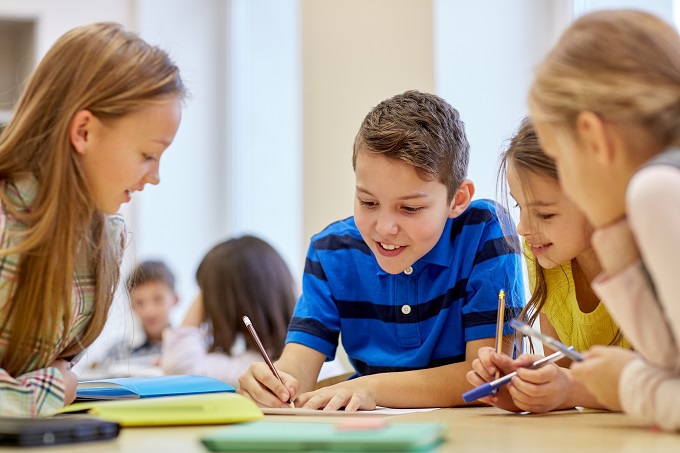
January
Calibre Essay Prize
The Calibre Essay is a prestigious essay competition run by Australian Book Review. It is open to everyone, with is no age limit. Any form of non-fiction essay can be submitted including personal, political, literary, experimental, political or speculative. Prizes include cash and publication in the ABR.
The competition typically opens in October of each year and closes in January.
More info: Calibre Essay Prize (australianbookreview.com.au)
March
KSP Spooky Story Competition
Held annually by the Katharine Susannah Prichard Writers’ Centre the Spooky Story Competition has a youth category open to students ages 10 to 17 years. Each year there is a different spooky theme. It is free to enter and there are cash prizes.
More info: Spooky Stories Competiton | KSP Writers’ Centre (kspwriterscentre.com)
April
Elizabeth Jolley Short Story Prize
This internationally acclaimed short story prize is one of the most prestigious, but it is open to all ages, for an original short fiction (2,000 to 5,000 words) in any genre including satire, spec fic, historical, autofiction and more.
There is an entry fee and typically opens in January and closes in April. Prizes include cash and lots of kudos.
More info: Current Prize (australianbookreview.com.au)
May
Dymocks Beyond Words Creative Writing Competition
Open to both primary and secondary students, this competition offers multiple cash prizes for short stories between 500 and 1,500 words and is not just a platform but a launching pad for young writers. The next round should open in March 2025.
More info: Dymocks Beyond Words – Creative Writing Competition (dymockstutoring.edu.au)
‘What Matters’ Writing Competition
A national competition run by the Whitlam Institute which asks students from year 5 to 12 to write about what matters to them in 600 words, fiction or non-fiction.
The next round should open in February 2025 and close in May.
More info: Whitlam Institute What Matters
June
Future Leaders Writing Prize
Designed to recognise the future leaders of tomorrow this competition is open to year 11 and 12 students, for a fiction or non-fiction piece between 800 and 1,000 words. This competition is run by the Future Leaders Charity who also offer awards for justice, the environment and photography.
More info: Future Leaders – Awards
Dorothea Mackellar Poetry Awards
This national competition is open to all Australian school students from Kindergarten to Year 12, and each year has an optional theme for a poem of up to 80 lines.
There are various categories including individual, group and class poems. There is a fee for entering and all winning, runner-up, shortlisted and commended poems will be published in an anthology.
The round is likely to open in March 2025 and close in June.
More info: 2024 Entry information – Dorothea Mackellar


